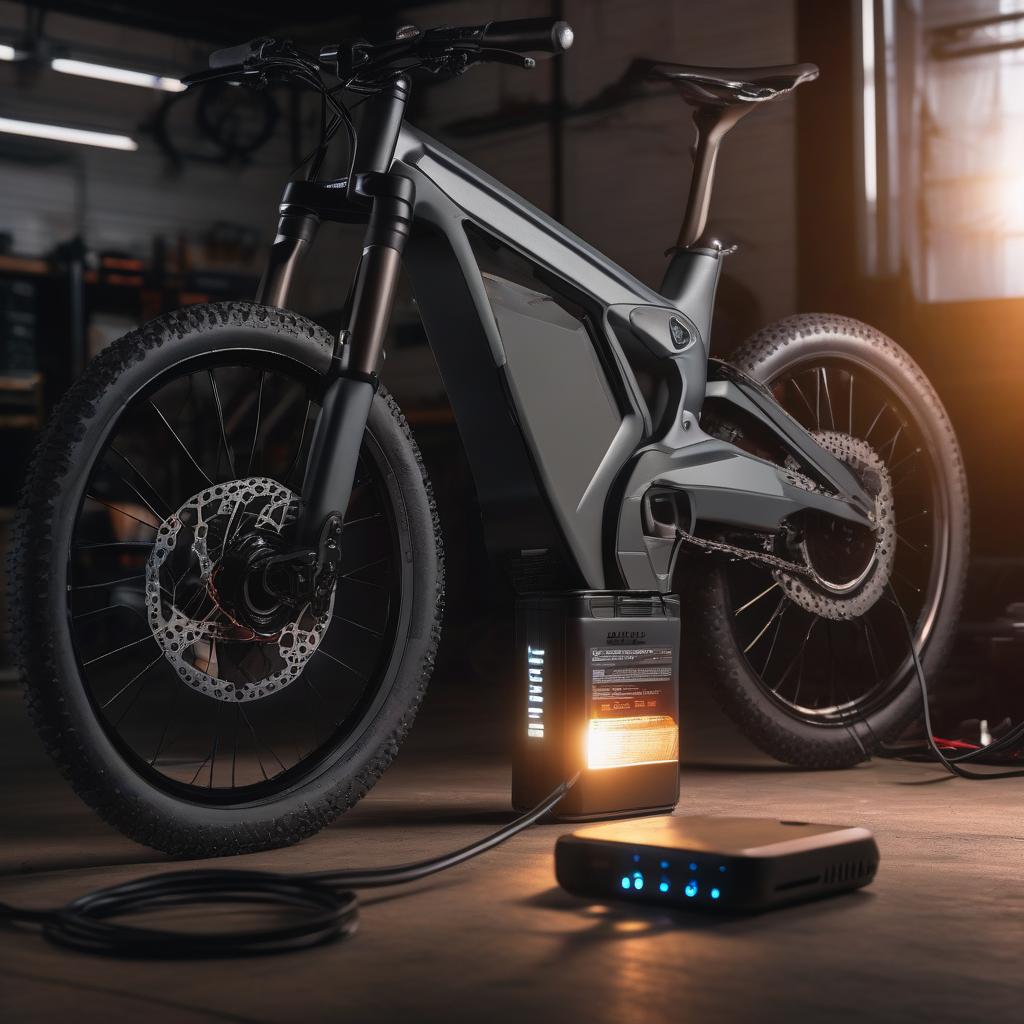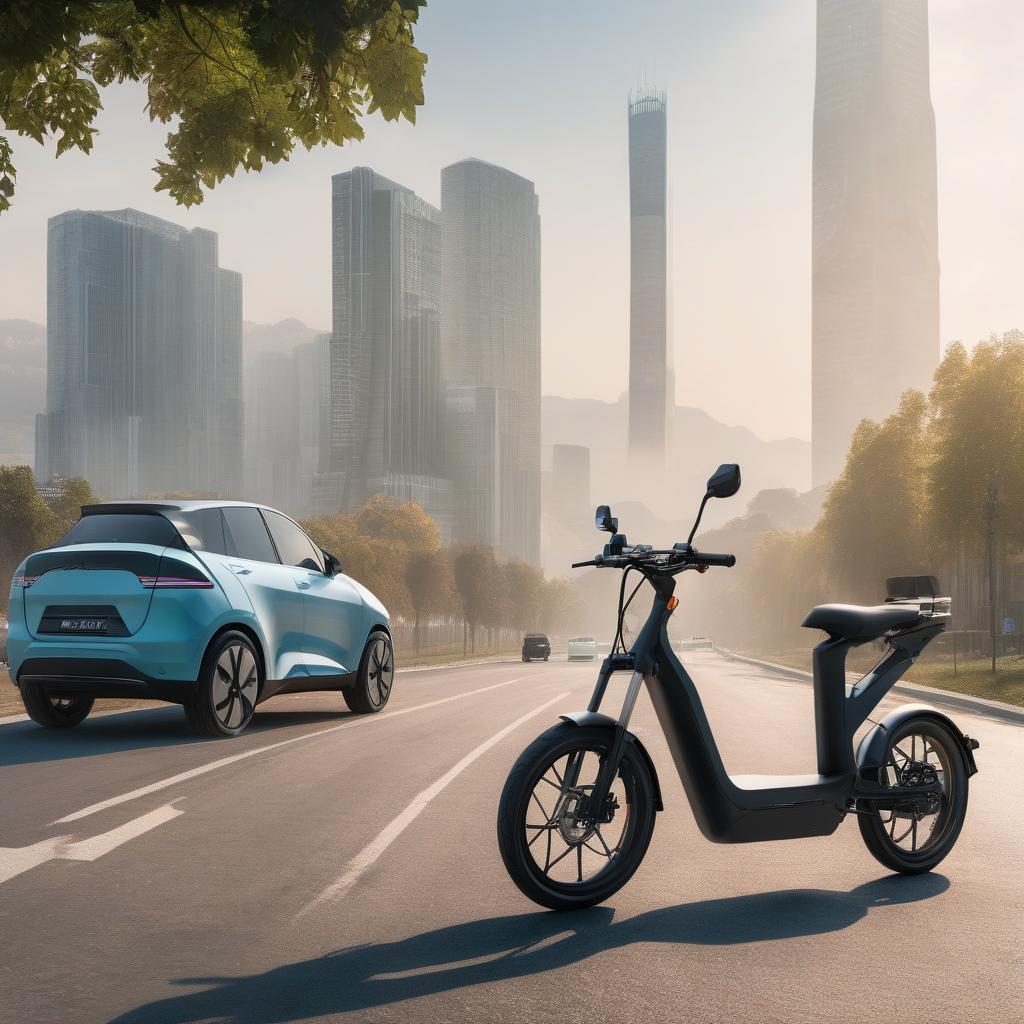Understand Your Riding Needs
Before diving into the technical specifications, it’s crucial to assess your primary riding needs. Are you looking for a daily commuter, a weekend trail warrior, or something in between? Consider factors such as:
- Terrain: Will you be riding mostly on paved roads, off-road trails, or a mix of both?
- Distance: What’s your typical riding distance? This will impact battery capacity requirements.
- Cargo: Do you need to carry groceries, work equipment, or children?
- Storage: Where will you store your e-bike when not in use?
Types of E-Bikes
E-bikes come in various styles, each designed for specific purposes:
- City/Commuter: Ideal for urban environments, featuring comfortable upright riding positions and often equipped with racks and fenders.
- Mountain: Built for off-road adventures with robust frames, wide tires, and powerful motors.
- Folding: Perfect for those with limited storage space or multi-modal commuters.
- Cargo: Designed to carry heavy loads, great for family transport or small businesses.
- Road: Sleek and fast, tailored for fitness enthusiasts and long-distance riders.
Motor Types and Power
E-bikes typically feature one of three motor types:
- Hub Motors: Located in the wheel, offering a simple and cost-effective solution.
- Mid-Drive Motors: Positioned at the bike’s center, providing better weight distribution and a more natural riding feel.
- Friction Drive: Less common, these motors drive the tire directly.
Consider the motor’s power output, typically ranging from 250W to 750W. Higher wattage doesn’t always mean better performance – it depends on your specific needs and local regulations.
Battery Capacity and Range
Battery capacity is measured in watt-hours (Wh). A higher Wh rating generally means a longer range. However, factors like rider weight, terrain, and assist level also impact range. Most e-bikes offer between 30-100 miles per charge. Consider your typical riding distance and charging opportunities when selecting battery capacity.
Pedal Assist vs. Throttle
E-bikes offer two primary types of electric assistance:
- Pedal Assist: The motor engages when you pedal, amplifying your effort.
- Throttle: Provides power on demand, often via a handlebar-mounted control.
Some e-bikes offer both options, while others are pedal-assist only. Check local regulations, as throttle e-bikes may be restricted in some areas.
Frame Material and Design
E-bike frames are typically made from aluminum, carbon fiber, or steel. Each material offers different characteristics in terms of weight, durability, and ride quality. Consider your budget and riding style when choosing a frame material.
Components and Features
Pay attention to the quality of components such as brakes, gears, and suspension. High-quality components ensure better performance and longevity. Additional features to consider include:
- Integrated lights
- GPS tracking
- Smart displays
- Removable batteries
- Adjustable geometry
Test Ride and Fit
Nothing beats a test ride to determine if an e-bike is right for you. Pay attention to how the bike feels, its responsiveness, and overall comfort. Ensure the bike fits you properly – many shops offer professional fitting services.
Budget and Warranty
E-bikes range from budget-friendly options under $1,000 to high-end models exceeding $10,000. Set a realistic budget based on your needs and usage frequency. Don’t forget to factor in accessories and maintenance costs. Look for warranties that cover both the frame and electrical components.
Future-Proofing Your Purchase
As technology evolves rapidly, consider e-bikes with upgradeable components or modular designs. This can extend the lifespan of your investment and allow you to benefit from future advancements.
Conclusion
Choosing the perfect e-bike involves careful consideration of your lifestyle, riding needs, and preferences. By evaluating factors such as motor type, battery capacity, and frame design, you can find an e-bike that perfectly suits your lifestyle. Remember to test ride your options, consider future-proofing features, and set a budget that fits your needs. With the right e-bike, you can enjoy an eco-friendly and efficient mode of transportation that enhances your daily commute or weekend adventures.



